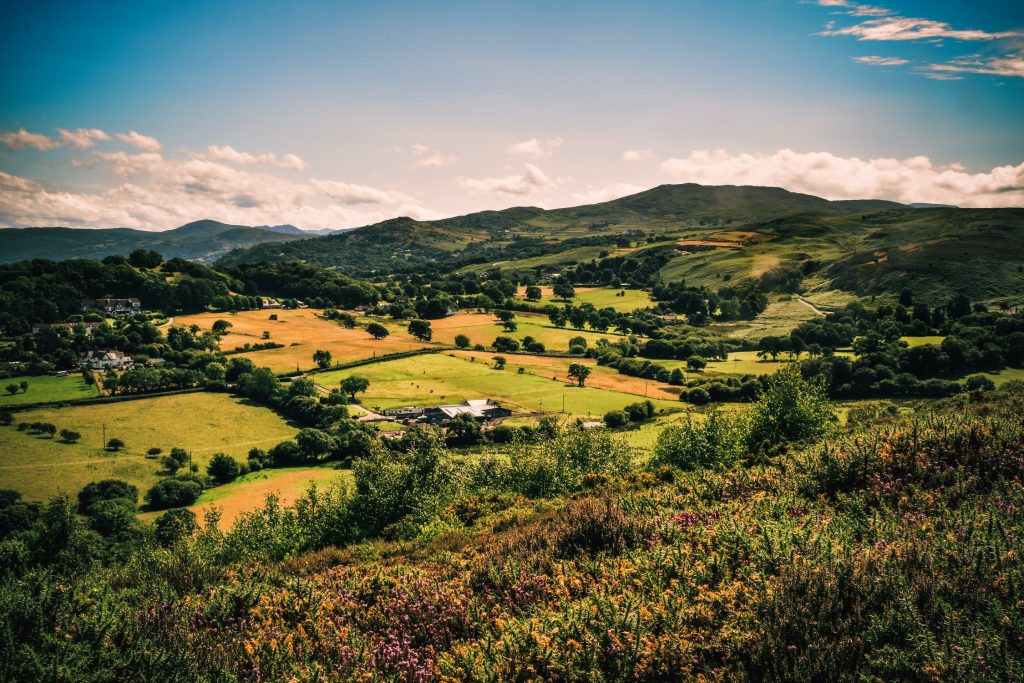
When considering a planning application, the countryside varies from that in urban areas.
Farms
Farms are usually controlled by the same planning rules as buildings in towns and cities, but the rules on permitted development mean that some changes to farm buildings do not require planning permission.
Farming operations – growing crops or raising livestock for instance – do not need planning permission. Government guidance on planning permission for farms sets out more detail.
National Parks and Areas of Outstanding Natural Beauty
In National Parks, the Norfolk or Suffolk Broads and Areas of Outstanding Natural Beauty, permitted development rights are more restricted. If you live there, you will need to apply for planning permission for specific types of work that do not require an application in other areas.
Listed Buildings
Listed building consent is expected for adjustments to rural listed buildings. However, under the system of Class Consents, some agricultural, horticultural, and forestry works to scheduled ancient monuments do not require scheduled monument consent.
Considering change
Local distinctiveness and a sense of place are important in shaping the identities of rural communities and also underpin many tourism activities. The impact of change on historic character should be thoroughly considered when decisions on future development are being made.
Recognising and interpreting heritage value or importance at an early stage in a proposal means that there is an opportunity to avoid or alleviate adverse impacts and that where possible, developments can also improve the historic context or significance.
The changes to planning law have made it easier to change the use of an agricultural building including use as a dwelling house.
Hedgerows
Hedgerows can make a notable contribution to the historic character of rural areas, but their removal does not usually require planning permission. Historic England’s Heritage Protection Guide sets out information on the Hedgerow Regulations which can offer them some protection. Historic England’s technical advice webpage on Hedges covers this topic in more detail and includes the following:
- Dating hedgerows
- Ecological value
- Traditional hedgerow management
Submitting an application
Do you know what you need to submit a planning application? Here are the various things you need to consider.
When applying there are national and local requirements, depending on your local authority.
National requirements
- Plans and drawings (to scale)
- Ownership Certificate and Agricultural Land Declaration
- Design and Access Statement (for some planning applications)
- Appropriate fee
Local requirements
The local requirements will vary between different authorities, but some examples include:
- Landscape and Visual Impact Assessment
- Research constraints (historic environment, ecology, trees & hedgerows)
- Details of access, hardstandings, traffic movements
- External lighting,
- Community Infrastructure Levy
- Photographs
- A written statement explaining the background of the proposals, what the justification for the proposal is.
- Research the Local Development Plan/Neighbourhood Development Plan policies, Village Design Statements, Parish Plans, and other Community Plans.
How can we help?
Our team can look at both the national and local planning policy and ensure your proposal is in line with the requirements. We can help prepare all the necessary documents for your planning application.
We can look at your proposal, give feedback and manage the whole application from preparing the documents to applying to the council. We will also manage the application once it is submitted, checking on its status and any comments that are received.
Contact us here.